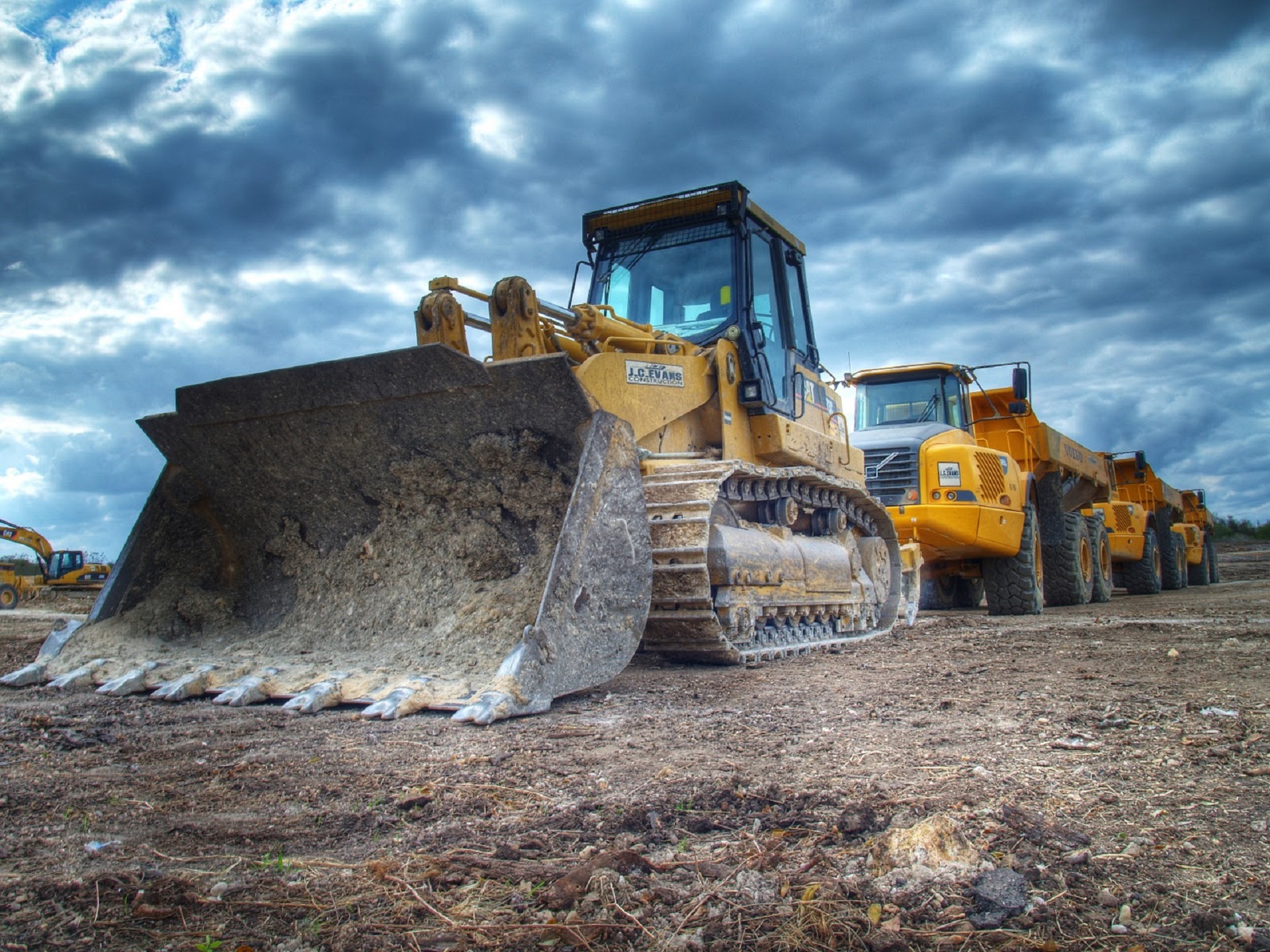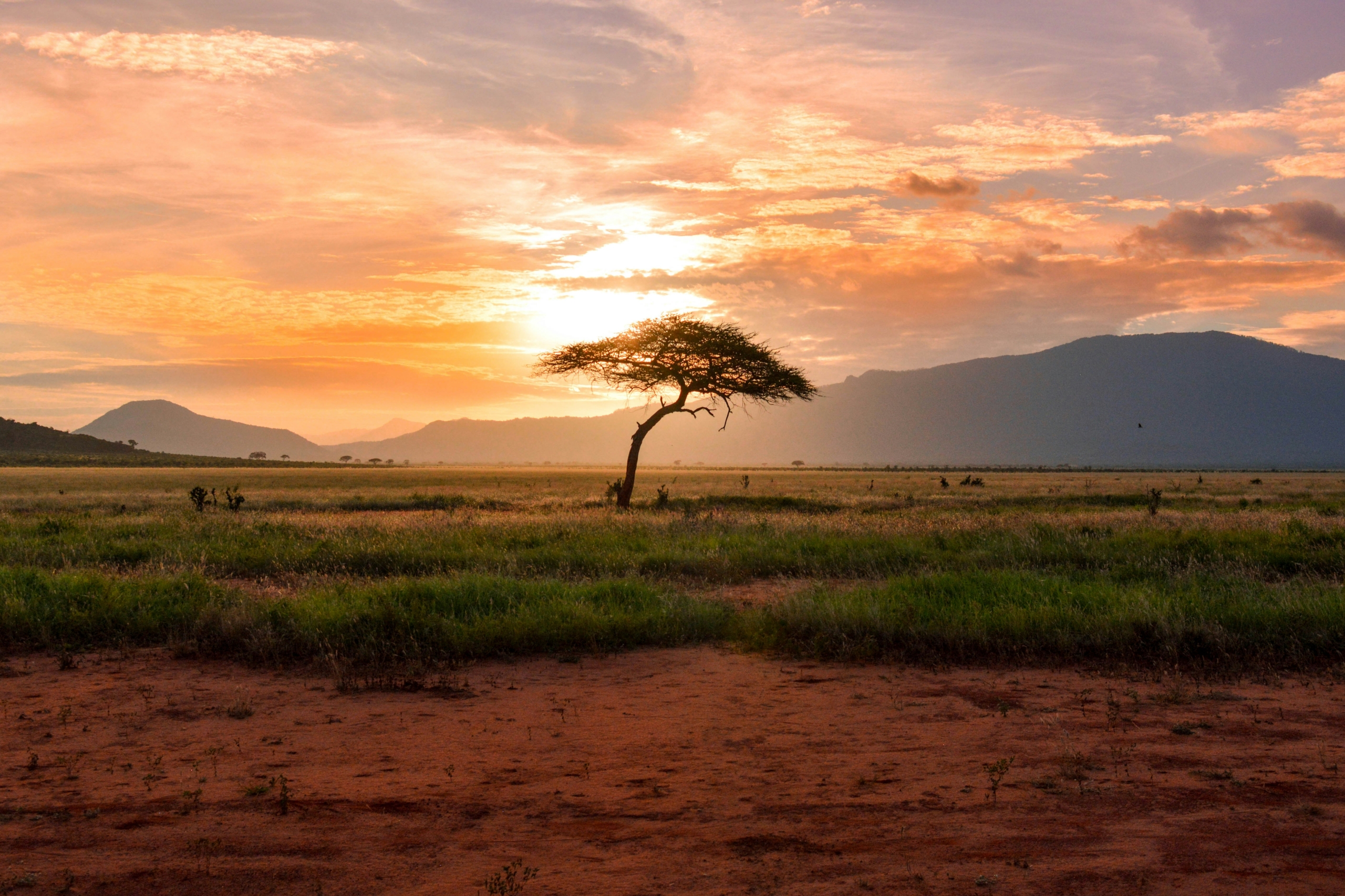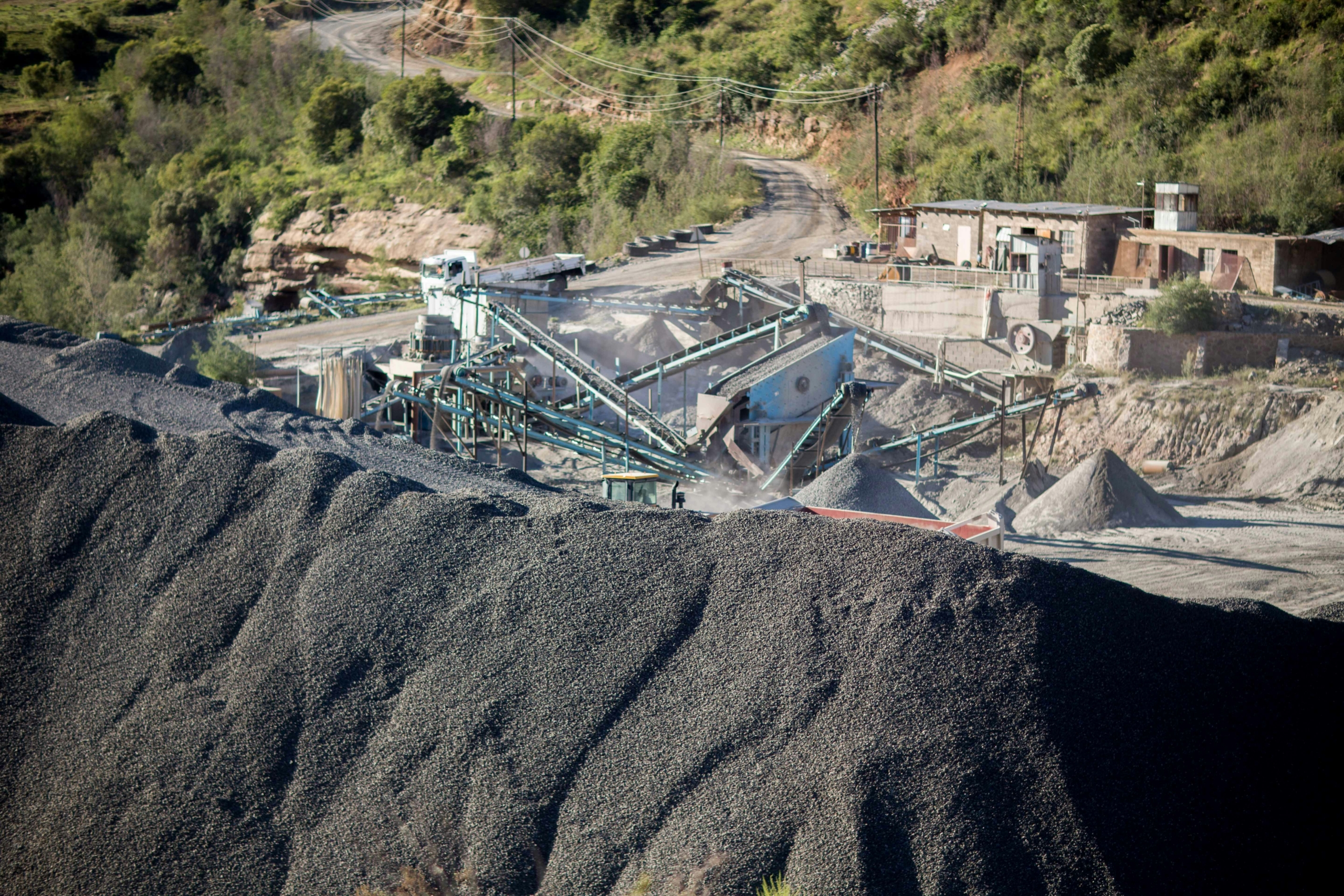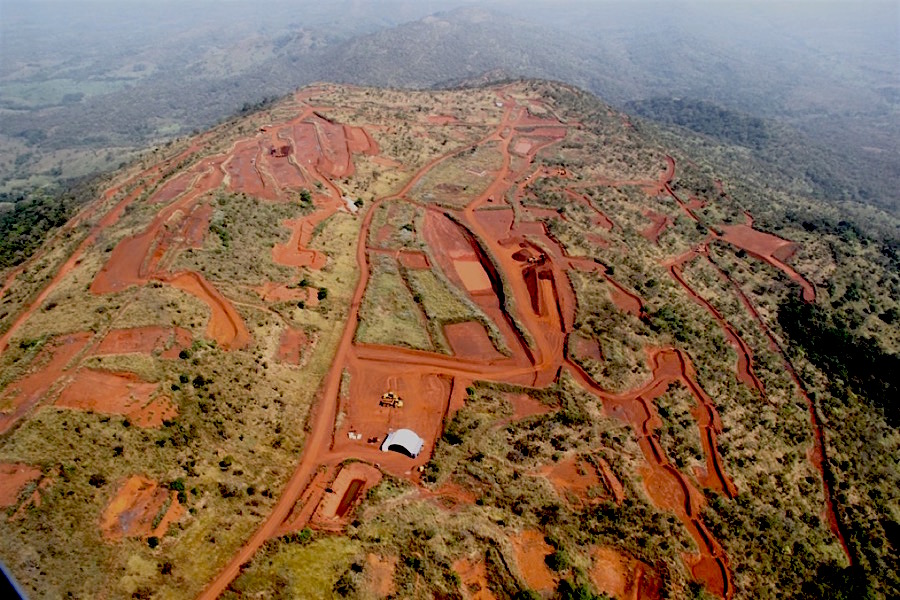The outlook for mining in Kenya

WHERE DOES MINING FEATURE WITHIN KENYA’S INVESTMENT DECK OF CARDS?
The third edition of the Kenya Mining Forum, launched this week, brought together local and international stakeholders across the sector who shared their experience, expertise and vision for the future of the mining industry in Kenya and the East African Region.
With over 500 delegates in attendance, the forum kicked off with an investment briefing session, to which I contributed, chaired by Cliff Otega, MD and Head of Energy and Natural Resources at Standard and Mutual, tackling ‘Where does mining features within Kenya’s investment deck of cards?’ My fellow peers in the panel included Moses Ikiara, MD at Ken-Invest, Abel Chumba, Chairman at the Mineral Rights Board, Bahati Morara, Commercial Director at the NSE, Cynthia Sakami, Legal Officer at NEMA and Andrew Mugambi, Partner, Dentons, Hamilton, Harrison & Mathews as the panel moderator.
Kenya has a clear development strategy in Vision 2030 that allows investors to align with the country’s national priorities. Under this year’s theme, ‘Unveiling mining opportunities within the ‘Big Four’ agenda’, we can see that mining can play a significant role in contributing towards this agenda. For instance, one of Kenya’s largest mining operations in the country by Base Titanium – the Kwale Mineral Sands Project – has invested in reviving the cotton industry, thus contributing towards the manufacturing pillar of the Big4 agenda, through their PAVI program (Pamba and Viazi). Through this project Base has partnered with one of Kenya’s leading NGOs, Business for Development (B4D), to revive the cotton industry in Kwale County and the coastal region by linking farmers with Australian apparel company CottonOn to directly purchases lint from the farmers at competitive prices. The government is expected to replicate this project in other parts of the country, exponentially multiplying the number of recipients that this type of project can benefit.
Kenya is a young mining nation with a complex stakeholder ecosystem. With our devolved government, we have active civil society groups, a free press and active social media activists who unfortunately have very limited knowledge about the mining lifecycle but could contribute significantly to the conversation – given the tools to do so.
To address this, I believe stakeholders such as the surrounding communities, local government, media, civil societies, all need to be engaged from the onset about the impact of mining and most importantly, how they can benefit from the mining activities. As a nation, we must be proactive to help raise the level of understanding around the mining lifecycle and its impact on the country’s economy. I urge all stakeholders to take into consideration the importance of communication in achieving this.
I also call upon both government, development partners and private sector players to all invest in communication to help elevate the level of understanding, to manage expectations and to foster a conducive investment environment.
Richard Kiplagat is the CCO and MD of Africa Practice EA Ltd, based in Nairobi
Related articles
Proud to be BCorp. We are part of the global movement for an inclusive, equitable, and regenerative economic system. Learn more


